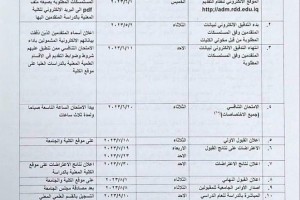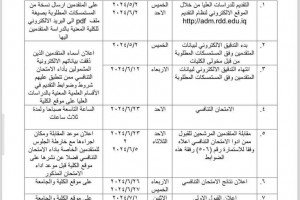

The Department of Earth Science at the College of Science organized a seminar entitled (Assessing the pollution of water and sediments of the Tigris and Euphrates rivers and their confluence in the Shatt al-Arab with hydrocarbon compounds in the north of Basra Governorate). The seminar, in which researcher Maryam Abdel Karim Qassem lectured, aims to (evaluate the degree of pollution of the water and sediments of the Tigris and Euphrates rivers and their confluence in the Shatt al-Arab with hydrocarbon compounds).
The study included collecting water and sediment samples from three stations distributed in the Tigris, Euphrates, and Shatt al-Arab rivers on a quarterly basis, with two samples (two months for each season), to determine the concentrations of aliphatic and aromatic compounds and total hydrocarbon compounds in them. It also calculates the percentage of total organic carbon and sediment texture, and also extracts correlations between environmental factors and hydrocarbon compounds.
The results showed that there are changes in environmental factors and their relationship to hydrocarbon compounds. The dominant texture of sediments in the stations of the study area was alluvial clay. The highest value of total organic carbon is during the fall season and the lowest value is during the spring season. The recorded concentrations of aliphatic and cyclic compounds in sediments were higher than in the water column, which indicates that sediments act as a reservoir for these compounds.
The study concluded that the chain lengths of aliphatic compounds in the water ranged from C38-C7, and the sediments ranged from C7-40, which indicates the precipitation and instability of heavy molecules in the water column. Compounds C18-C16 were dominant, and PAHs appeared in two main groups, one of which was of low molecular weight ( LMW), which consists of 2-3 fused rings, and the other high molecular weight (HMW), which consists of 4 or more fused rings.







